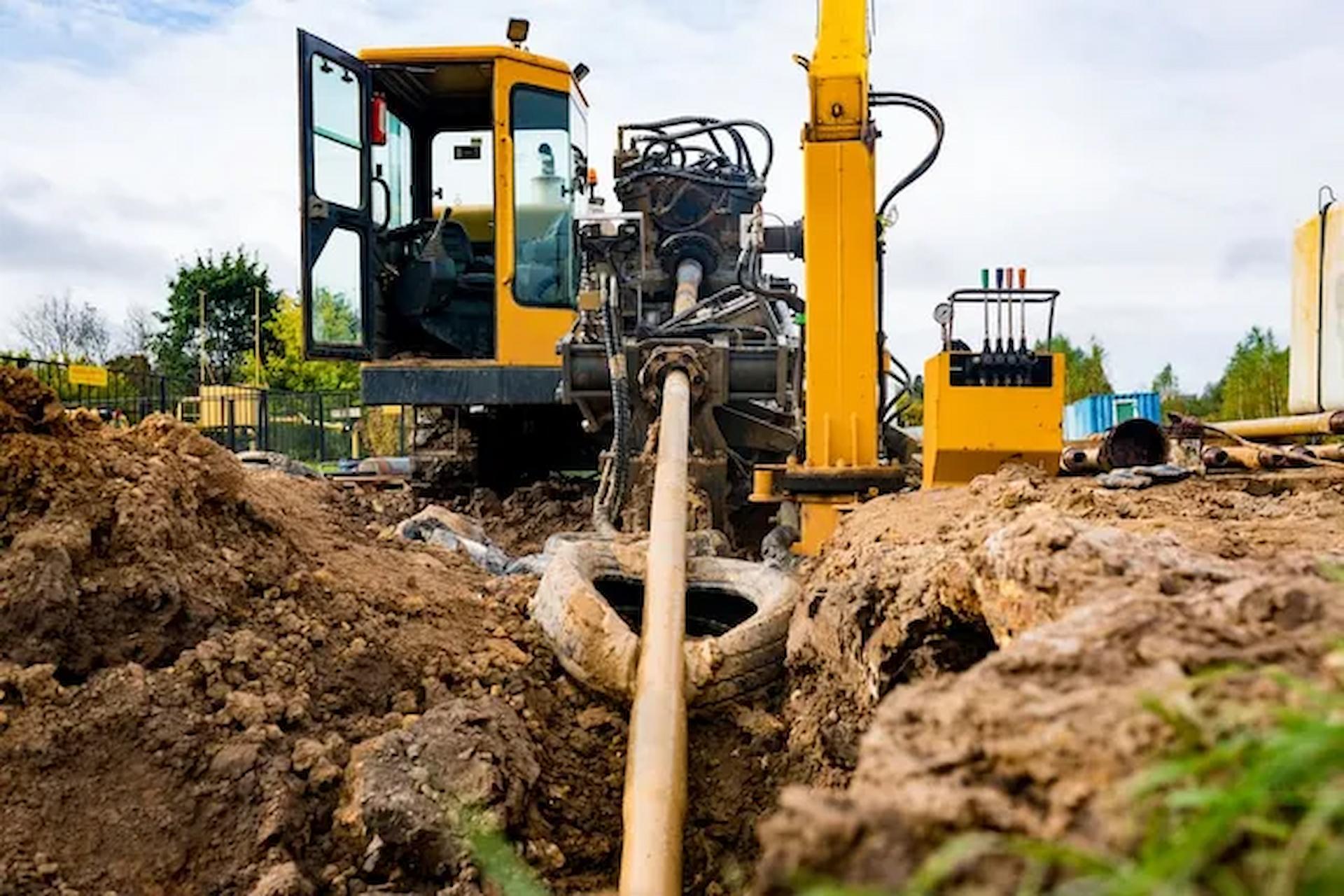Construction workers often utilize a trenchless technique called moling to lay pipes underneath. Moling services can be used to install water pipes and the heating coils of heat pump systems without having to dig a trench.
A Method of Installing Underground Pipes, Cables, And Conduits Without The Need For Excavations
To prepare a system for fluid transfer, it must first have the pipeline and any necessary fittings installed or erected. Piping installation must be done according to rules and standards to ensure the highest level of safety and optimal performance.
Installation Method For Pipes
It is common practice for piping installation to begin after significant construction equipment has been delivered to the site and civil supports have been installed. At the heart of the moling services operation is a pneumatically driven equipment known as a mole, which burrows through the earth to lay pipe in an exact line.
Setting Up The Wires And Cables
- The Notification of permanent material received at the site must be used to submit all items destined for cables and wires for clearance by the consultant, as per the standard procedure.
- This process outlines an inspection and testing regimen, and the Supervisor is expected to carry it out using the checklist provided. This process ensures that the final product is of the highest quality and satisfies all outlined requirements.
Staff Education And Experience
- All employees must bring copies of their valid visas, company ID, and any practical training or work experience to the safety orientation.
- The Supervisor should keep a close eye on the operation. Suppose he notices an employee needing to catch up regarding safety work competency.
Prerequisites For Wire & Cable Installation
- Make sure the installation crew has access to the authorized drawings and electrical technique statement.
- It is required that cable ladders or other containment systems be examined and approved before any cables are installed in a specific location. You guarantee a smooth installation and supply and read factory test records verifying the cables’ continuity.
- Inspect the adequacy of the space on the ladders and the trays to accommodate the cable installations.
- Provide bends in the ladders or trays designed to accommodate the cable’s required minimum bending radius.
- For future removal, all wires must be encased in PVC sleeves if they run through masonry materials such as brick, block, or concrete.
- For cables to be fastened directly to the structure, non-ferrous spacer clips for multiple runs and single-fixing non-ferrous fasteners for single runs will be supplied.
- Materials such as cable-pulling sleeves, tools, rollers, tackles, etc., must be gathered and stored conveniently on the job site.
Conclusion
Much more goes into underground conduit construction than initially meets the eye. However, please be mindful of and adhere to any regulations that may be in place. And remember that it’s okay to ask for assistance, even at the professional level.

